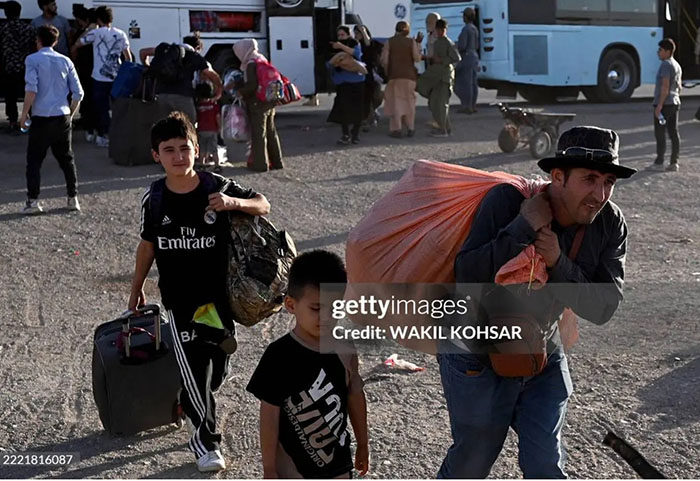Regional and International Repercussions
The crisis at the Iran-Afghanistan border has broader regional implications. Iran’s actions have strained relations with the Taliban government, already tense over water rights, minority rights (particularly of Shia Hazaras), and cross-border smuggling.
Pakistan, another major host of Afghan refugees, is watching the situation closely. Islamabad has similarly begun repatriating undocumented Afghans, a process that could further escalate if not managed carefully.
The international community, particularly Western nations, bears some responsibility. After the chaotic U.S. withdrawal in 2021, promises of sustained humanitarian support have not fully materialized. Sanctions targeting the Taliban have inadvertently deepened Afghanistan’s economic crisis, pushing more people to flee and then be forcibly returned.
If left unchecked, this refugee crisis could destabilize not only Afghanistan but the entire region, fueling migration into Central Asia, Europe, and beyond.
The Human Cost: Stories from Returnees
Behind the statistics are real human lives. Consider the case of Mohammad, a 27-year-old day laborer from Ghazni. After the Taliban returned to power, he fled to Iran in search of work. For over a year, he worked in construction in Mashhad, sending money home to support his family. But in May 2025, Iranian police arrested him for lacking proper documents. After two weeks in detention, he was deported with nothing but the clothes on his back.

